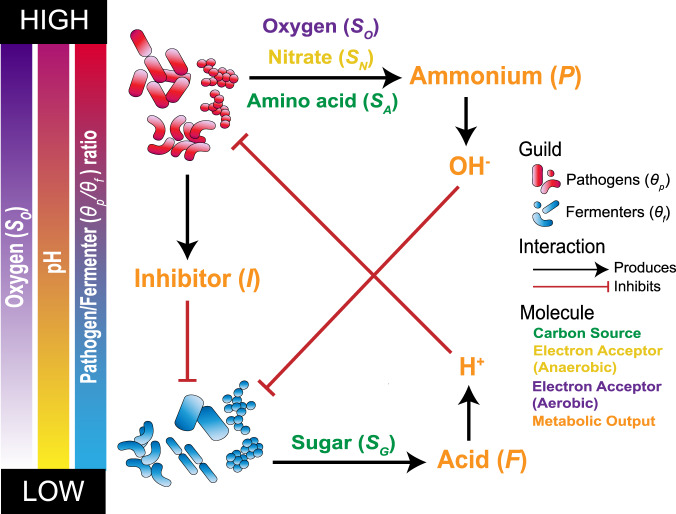Fig. 1. Schematic of principles and interacations defining the mathematical model.
All consitunents of the model are represented in illustrating basic assumptions and interactions. Fermenters (θf) metabolize (SG) as a carbon source, which produce acid (F) leading to an increase in hydrons (H+) (i.e. lowering the pH) under anaerobic conditions. This pH decrease inhibitis the growth of pathogens. Pathogens (θP) in the presence of oxygen (SO) (i.e., aerobic conditions) use amino acids (SA) as their primary carbon source. The byproduct of this metabolism is ammonium (P), which produces hydroxide (OH-) leading to an increase in pH, inhibiting fermenter growth. Under anaerobic conditions pathogens use nitrate (SN) as an electron acceptor. In addition to this pathogens produce a chemical inhibitor of fermenters (I).

